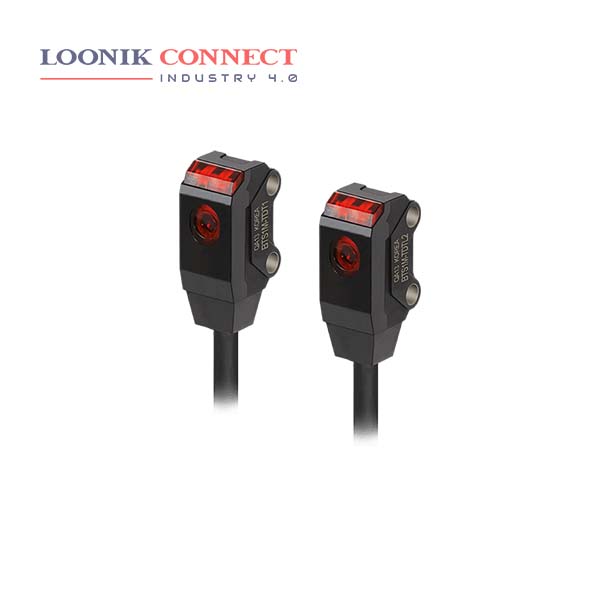A Photoelectric Sensorconsists primarily of an Emitter for emitting light and a Receiver for receiving light. When emitted light is interrupted or reflected by the sensing object, it changes the amount of light that arrives at the Receiver. The Receiver detects this change and converts it to an electrical output. There are many different styles of photoelectric sensors, but really only four basic technologies: through-beam, reflective, diffuse, and background suppression.
Most of the photoelectric sensorsemit a beam which is pulse-modulated. In this method, a strong optical signal of fixed width is emitted at a fixed time interval. This helps the receiver to distinguish the signal from extraneous light and to achieve a long sensing range. No lag time in the emission of photoelectrons. There is an increase in the kinetic energy of the emission of photoelectrons with the increase in the intensity of the radiation. The cut-off frequency influences the photocurrent.
A photoelectric sensor is a device used to determine the distance, absence, or presence of an object by using a light transmitter, often infrared, and a photoelectric receiver. They are largely used in industrial manufacturing.The photoelectric effect is the process that involves the ejection or release of electrons from the surface of materials (generally a metal) when light falls on them. The photoelectric effect is an important concept that enables us to clearly understand the quantum nature of light and electrons.










